Palaces for the People: Guastavino and America’s Great Public Spaces features the work of the Spanish immigrant Rafael Guastavino Sr. (1842–1908) and the family firm that he created. The exhibition looks at the history of the firm from the perspectives of “immigration history, architectural innovation, and the cultural conditions that led to the creation of hundreds of America’s great public spaces.”
Years ago when I was doing my research on New York for my thesis, by chance, I discovered, in an exhibition at Columbia University, the work of this Valencian in the United States. It was a parallel theme to my thesis, however I caught the impressive work by Rafael Guastavino, and also when I discovered that just there was a small publication about his work, now over more than 17 years, the situation recognition of the patented system and authors, Rafael Guastavino (1842-1908) and his son Rafael Guastavino Expósito (1872-1950) is still pending. Well, something less, thanks to this exhibition in Nueva York.
The Exhibition contains estimates, correspondence, notes, and telegrams pertaining to projects by R. Guastavino Co. in Wisconsin. Projects include proposed Greek Orthodox Church (Milwaukee) with Frank Lloyd Wright.
Being under some of its 1,000 works (nearly 250 in New York) is generally being in an emblematic building in the United States, usually under one of the huge timbrel vaults, working on buildings with LaFarge at City Hall Subway Station, New York City (1903), with Warren and Wetmore at the Grand Central Terminal’s Oyster Bar, New York City (1912), the Cathedral of St. John the Divine for Heins, La Farge & Morris; Henry Vaughn; Cram, Goodhue & Ferguson; 1899-1940, in the Boston Public Library (1889–90), the U.S. Supreme Court, the Ellis Island’s Registry Room, the Carnegie Hall,the Bronx Zoo’s Elephant House, with architect Bertram Goodhue and mosaic artist Hildreth Meière at the Nebraska State Capitol (1922–1932). Although the work of these two Spanish immigrants, father and son, have started receiving growing attention in recent years, especially among architectural historians, their immense contributions and legacy architectural require wider recognition. Besides contributing to the creation of a large number of impressive public spaces from the 1880s to the 1940s, Guastavino revolutionized the architectural design and construction of the American way. The best architects of that era used the techniques of vaulting of these Spanish to create spaces that represented the highest ideals and aspirations of the United States.
The patented tiling system by Guastavino (1885, on U.S.) —based on a centuries-old Spanish building method— enabled the construction of self-supporting arches that were simultaneously lightweight but strong, fireproof, and attractive. The construction system interlocked and layered thin clay tiles and quick-setting mortar in highly decorative patterns. Compared to stone or brick vaults which required additional time and materials, Guastavino’s tile vaults were exceptionally economical and highly flexible. Within a few short years, Guastavino’s signature vaulting technique had transformed the American architectural landscape.
The system of structural tile vaults developed by the Guastavinos—lightweight, fireproof, low-maintenance, and capable of supporting significant loads—was used by leading architects of the day, including McKim, Mead & White and Carrere &Hastings. Ellis Island’s Registry Room, Carnegie Hall, the Bronx Zoo’s Elephant House, and Grand Central Terminal all contain Guastavino vaults.
The exhibition highlights the intersection of this technology with aesthetics. The Guastavino Company controlled the fabrication process of their signature tiles, supervising craftsmen in the shaping and firing of tiles that were used to create vaults patterned in colorful geometric designs. Original Guastavino Company patents and drawings are on view, many on loan from Avery Architectural and Fine Arts Library at Columbia University. And a beautiful half-scale tiled vault inspired by the Guastavinos’ work at the Boston Public Library (1889–90) allows visitors to see the patented “cohesive construction” technique—multiple layers of ceramic tiles bonded with thick mortar.
Palaces For The People: Guastavino and the Art of Structural Tile.
Venue.- Museum of the City of New York. New York, US.
Dates.- March 26 - September 7, 2014.
The Guastavino family’s soaring tile vaults grace many of the nation’s most iconic structures including Grand Central Terminal, the Boston Public Library, and the U.S. Supreme Court. Yet the name, the accomplishments, and the architectural legacy of this family of first-generation Spanish immigrants are virtually unknown. Their patented vaulting techniques made it possible for the greatest architects of the day to create the breathtakingly beautiful spaces that represent the nation’s highest ideals and aspirations. The Museum's exhibition Palaces for the People: Guastavino and America’s Great Public Spaces sheds light on their work and their story. See examples of their work below.














![Img. [1-2].- Vaulted spiral stair, Cathedral of St. John the Divine. Guastavino Company for Heins, La Farge & Morris; Henry Vaughn; Cram, Goodhue & Ferguson; 1899-1940. Imag.[3].-Vaulted stair, St. Paul's Chapel, Columbia University. Guastavino Company for Howells & Stokes, 1907. Photography © Michael Freeman. Img. [1-2].- Vaulted spiral stair, Cathedral of St. John the Divine. Guastavino Company for Heins, La Farge & Morris; Henry Vaughn; Cram, Goodhue & Ferguson; 1899-1940. Imag.[3].-Vaulted stair, St. Paul's Chapel, Columbia University. Guastavino Company for Howells & Stokes, 1907. Photography © Michael Freeman.](/sites/default/files/styles/mopis_news_carousel_item_desktop/public/metalocus_palaces_for_the_people_gustavino_11_1055.jpg?itok=dLICA_aw)

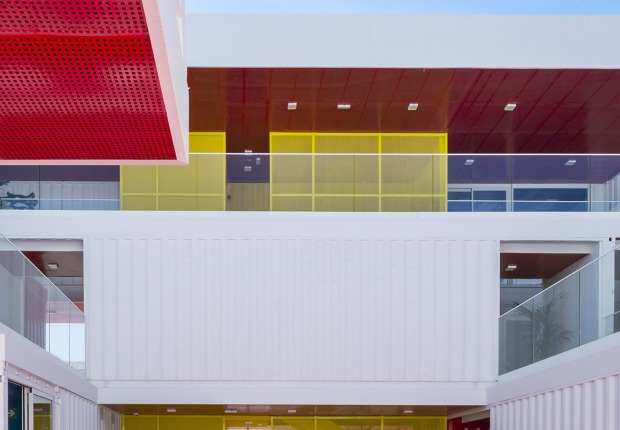
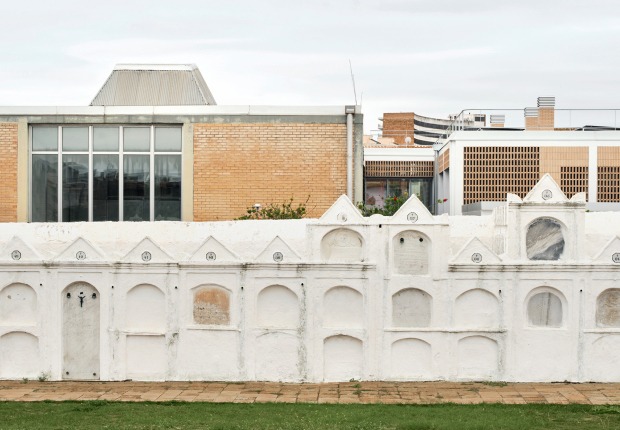
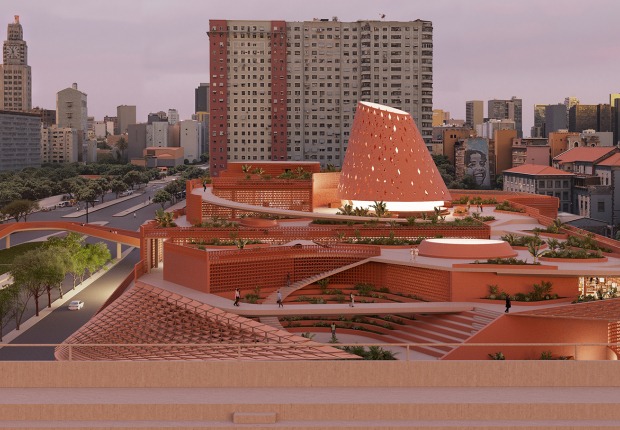






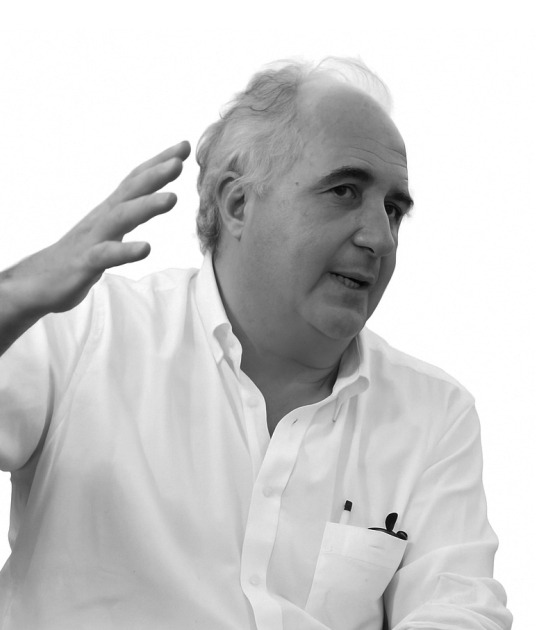

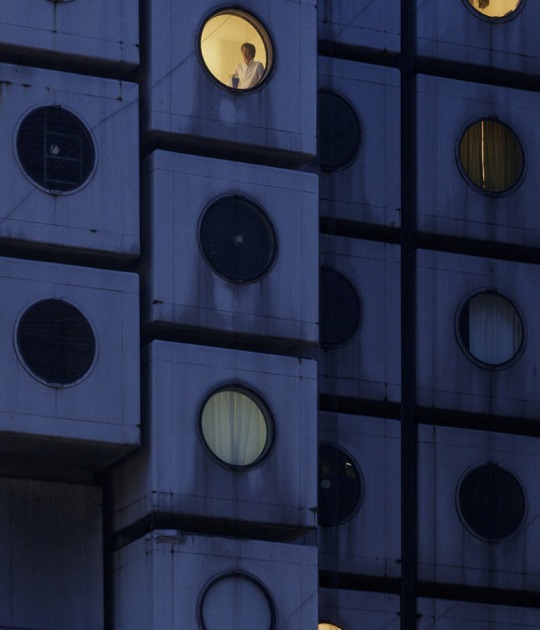

![Guastavino and "City Hall station"[NYC] Guastavino and "City Hall station"[NYC]](/sites/default/files/styles/mopis_home_news_category_slider_desktop/public/images-lead/city_hall_station_01.jpg?h=cb957c44&itok=shTJ_jX4)







